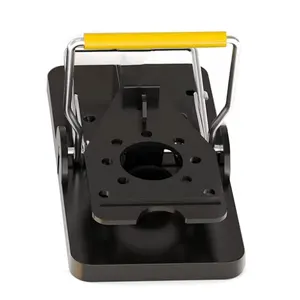Understanding Bee Catchers
Bee catchers are specialized devices designed to manage and mitigate the challenges posed by bees in various environments. These tools are essential for those seeking effective solutions to bee-related issues without causing harm to the environment. Bee catchers come in various forms, from simple traps to sophisticated electronic devices, each tailored to address specific situations and types of bees.
Types and Applications
The range of bee catchers includes manual traps, chemical-based solutions, and electronic repellents. Manual traps are often used in domestic settings and are preferred for their ease of use and non-toxic approach. Chemical solutions, while effective, are chosen with consideration for the surrounding ecosystem. Electronic repellents offer a modern solution, using frequencies and signals to deter bees from entering an area. These variations ensure that there is a bee catcher suitable for different contexts, from residential gardens to commercial agricultural spaces.
Features and Materials
Bee catchers are crafted from a variety of materials, each selected for durability and effectiveness. Some are made with robust plastics designed to withstand weather conditions, while others may incorporate metals for added strength. The design of these devices is critical, ensuring that they can be placed and operated with ease. Features may include attractants for specific bee species, as well as safety mechanisms to protect non-targeted wildlife and pets.
Advantages of Using Bee Catchers
Utilizing bee catchers offers several advantages. They provide a humane method to control bee populations, essential for maintaining ecological balance. Moreover, the right bee catcher can offer a long-term solution, reducing the need for frequent maintenance or replacement. Their versatility in design means they can be adapted to various environments, from small backyards to larger agricultural fields.
Selection Considerations
When selecting a bee catcher, it is important to consider the area of coverage needed. Products are available for different scales of pest management, from compact models for home use to larger units designed for expansive spaces. It is also crucial to consider the specific type of bee or pest the device is intended to catch, ensuring the chosen solution is as effective as possible.
Environmental Impact and Safety
Safety and environmental impact are paramount when considering bee catchers. Devices should be selected based on their non-toxic properties and minimal impact on non-target species. This consideration not only protects local wildlife but also ensures that users can manage pest control responsibly.
bee catcher




































 浙公网安备 33010002000092号
浙公网安备 33010002000092号 浙B2-20120091-4
浙B2-20120091-4